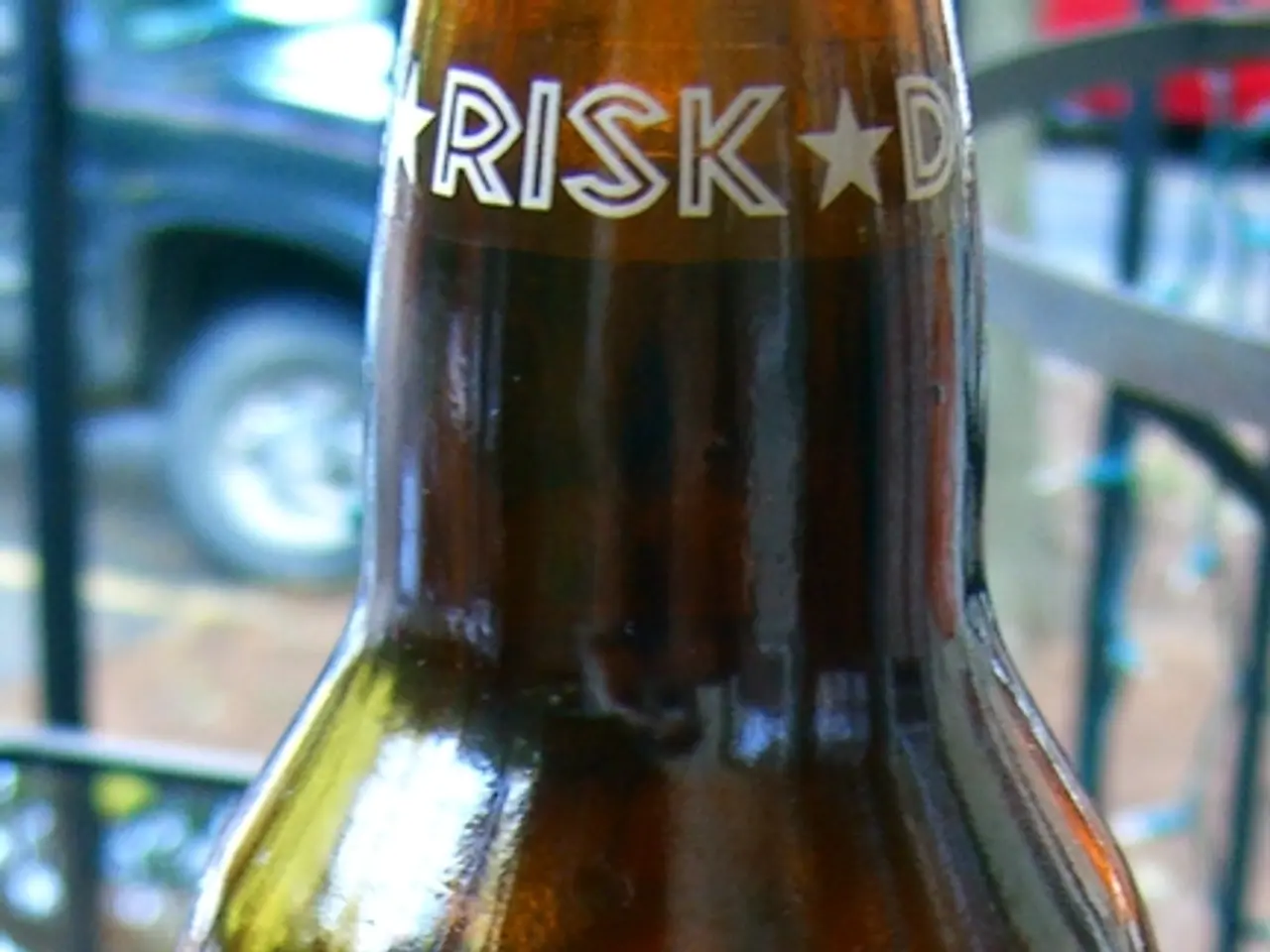Scorching heat is on the rise, and it's time we take action!
Escalating Heat Danger Warns Experts: Urgent Citizen Protection Recommended
The summer season is upon us, and with it comes an escalating heat danger for the citizens of our country. This year, experts are raising the alarm, encouraging citizens to take preventive measures.
Extreme temperatures are taking over
Last week, temperatures in some regions of our country soared up to 35 degrees Celsius, signifying a significant increase in heat danger. Infants, elderly, and individuals with chronic illnesses should be especially cautious in protecting themselves from these high temperatures. It is advisable to avoid outdoor activities during midday, and if possible, reschedule strenuous physical activities to the evening hours. However, it's not just the heat itself that's the concern. The intense sunlight also poses a significant risk, as the UV index is rising sharply in many parts of our country, increasing the chances of sunburn and other serious skin damage.
Stick to the advice of the experts
A suitable sunscreen with an SPF of at least 30 (preferably higher) and UV clothing can help shield you from the sun's harmful rays. A wide-brimmed sun hat and sunglasses that protect against UVA and UVB rays are also essential. Failure to adhere to these guidelines may result in sunburn and, in the worst-case scenario, serious skin damage. Prolonged exposure to strong sunlight can cause premature aging of the skin and, in the most severe cases, trigger skin cancer. To steer clear of this heat danger, it is recommended to heed the counsel of the experts.
Heat danger survival guide:
- Staying cool and finding shade: Avoid direct sun exposure, especially during peak heat hours (10 a.m. - 4 p.m.).
- Hydration is key: Consume an ample amount of water to avoid dehydration.
- Wear breathable and protective clothing: Opt for loose, tightly woven, and light-colored attire that covers a substantial portion of the skin.
- Utilize air conditioning and fans: If available, use air conditioning or fans to keep cool indoors. If not, use cool showers and damp cloths to lower body temperature.
- Monitor high-risk populations: Keep a watchful eye on infants, older adults, and those with chronic illnesses, as they are more susceptible to heat-related illnesses.
- Reduce physical activity: Postpone or minimize strenuous outdoor activities during high-heat hours.
What is the UV Index, and why should you care?
The UV Index is a gauge of the sun's ultraviolet (UV) radiation strength, ranging from 0 (low) to 11+ (extreme). It categorizes exposure as follows:
- Green (Low): 0-2
- Yellow (Moderate): 3-5
- Orange (High): 6-7
- Red (Very High): 8-10
- Fuschia (Extreme): 11+
- Monitor daily forecasts: Catch the UV Index in your weather updates to plan outdoor activities.
- Take extra precautions at higher indexes: Limit outdoor exposure when the UV Index is high or extreme and use additional protection measures.
By adhering to these preventive measures and protective strategies, citizens can effectively minimize health risks associated with increased heat and UV exposure, ensuring the well-being and safety of all. [Source]
- Other essential measures for heat protection include maintaining a balanced diet rich in nutrients, as proper nutrition bolsters the body's ability to manage heat stress.
- In light of the escalating heat-and-wellness issues, experts recommend implementing skin-care regimens that prioritize moisturizing and hydrating products to help maintain skin's resilience against sun damage.
- Moreover, the weather forecast plays a crucial role in planning outdoor activities, as excessive sun exposure can exacerbate health issues, particularly during extended periods of high UV Index levels.




